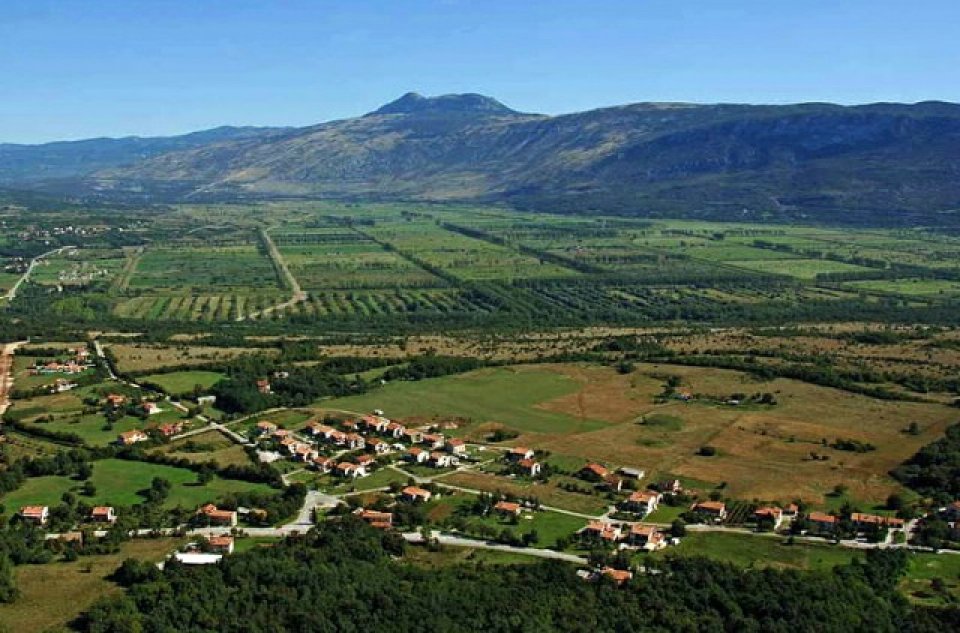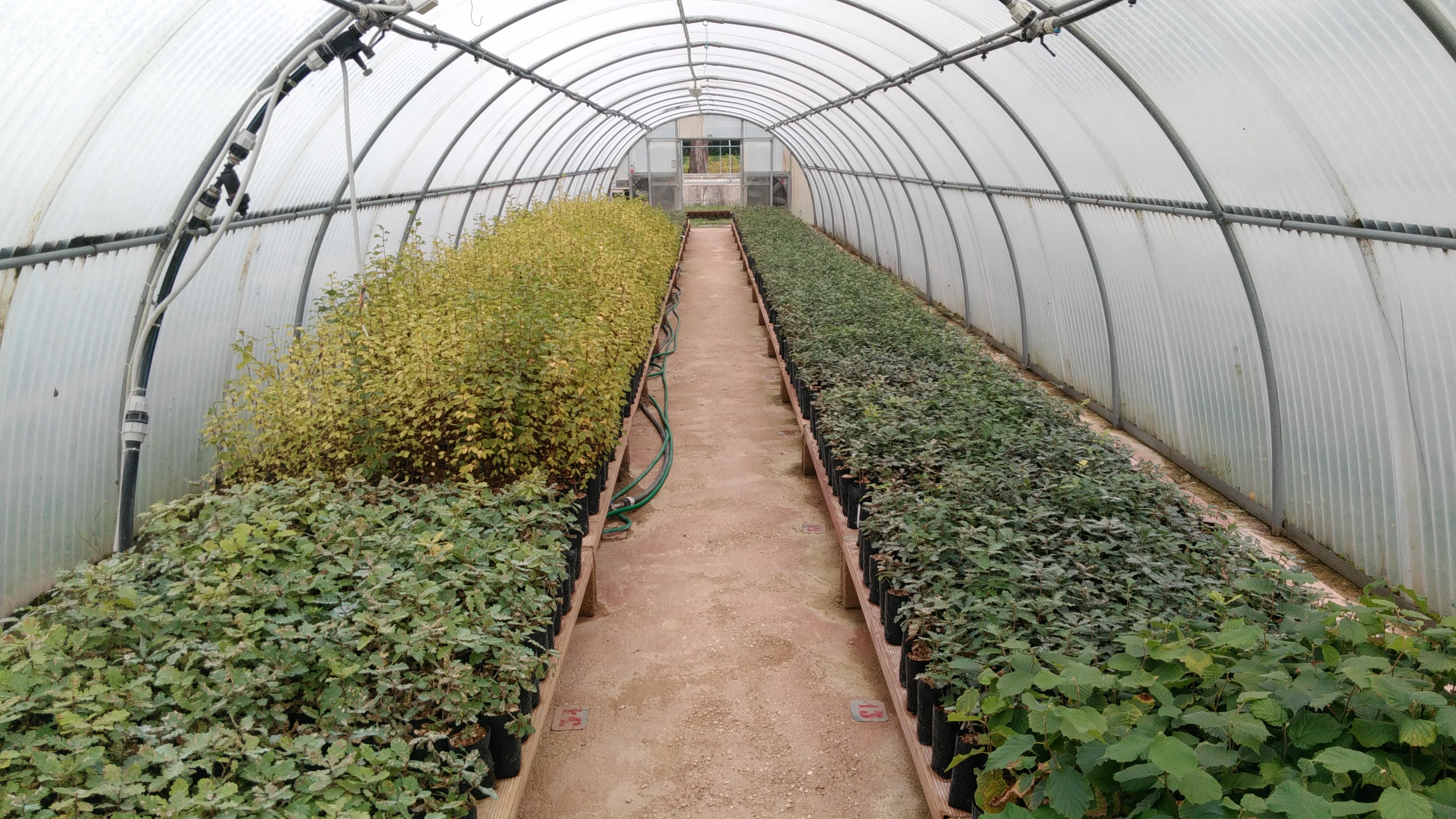
The European Union defines, through several documents, the cultivation and collection of mushrooms and truffles as the primary product in agriculture. There are a number of measures in place in Croatia to encourage primary agricultural production, but truffle farming is not one of them. In order to offer the rural parts of Croatia new economic activity, which can be extremely profitable, it is necessary to draw up a plan for the implementation of the European Directive and to adapt the relevant laws on the basis of professional and scientific research.
The Rural Development Program of the Republic of Croatia defines a number of measures that can be used to stimulate agriculture and forestry and is funded by the European Agricultural Fund for Rural Development. Incentives can generate up to 100% of investment financing. Although mushroom and truffle production is defined within the Statistical Classification of Economic Activities of the European Community (NACE, Eurostat) as primary agricultural production, the incentives for truffle plantations establishment is not foreseen in the Rural Development Program of the Republic of Croatia.
According to the Statistical Classification of Economic Activities of the European Community (NACE, Eurostat), code 1 lists all forms of primary production in agriculture and livestock; code 1.13 lists growing of mushroom truffles as an activity. In EC Regulation 178/2002 Art. 3, para. 17, primary production is defined as the production, rearing or growing of primary products including harvesting, milking and farmed animal production prior to slaughter. It also includes hunting and fishing and the harvesting of wild products.
In order to implement the regulations of the European Commission, which Croatia is obliged to apply as a Member State of the European Union, it is necessary to adapt the Croatian Agricultural Land Act and the Forest Act in such a way that they define the truffle plantation as a cultivation method of forest tree species on agricultural soil. Within the Rural Development Program, it is not necessary to define a new measure, only to adjust the existing ones, i.e. to expand the list of eligible costs by defining mycorhizal plant species and methods of planting (planting spacing, number of seedlings per ha).
Establishment of truffle plantation involves planting mycorhized seedlings of forest tree species on agricultural soil. Croatian laws and regulations clearly define forest and agricultural plantations, but truffle plantations represent a transitional form. Since truffle farming is clearly defined by the European Commission as an agricultural product, forest management of tree species on agricultural soil must be exempted from the rules of "classic" forest management.
Although seedlings mycorhized with Tuber aestivum and Tuber melanosporum would be most popular choices for truffle orchard establishment, and in order for the EU directive to be successfully applied in Croatia, it is necessary to continue the research of hypogeous fungi for each individual region in Croatia so that an inventory of forest tree species and their fungal symbionts can be obtained. Consideration should also be given to soil composition, average temperatures and precipitation, altitude... The goal of raising truffle plantations is to achieve optimum production under the given conditions, which will not be possible without further research.
Further information

Caption: Green-house with varius forest species micoryhized with various truffle species, Credit: Anton Brenko
